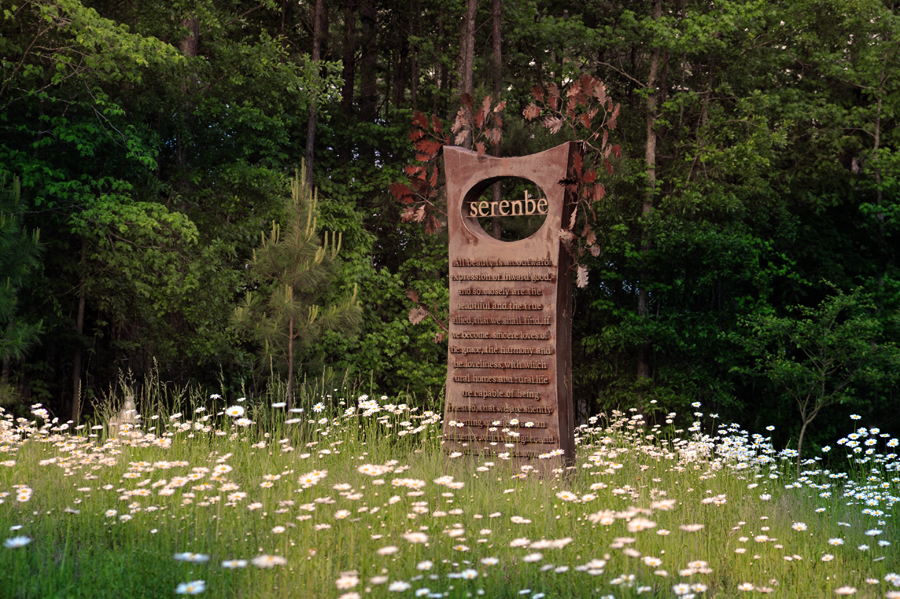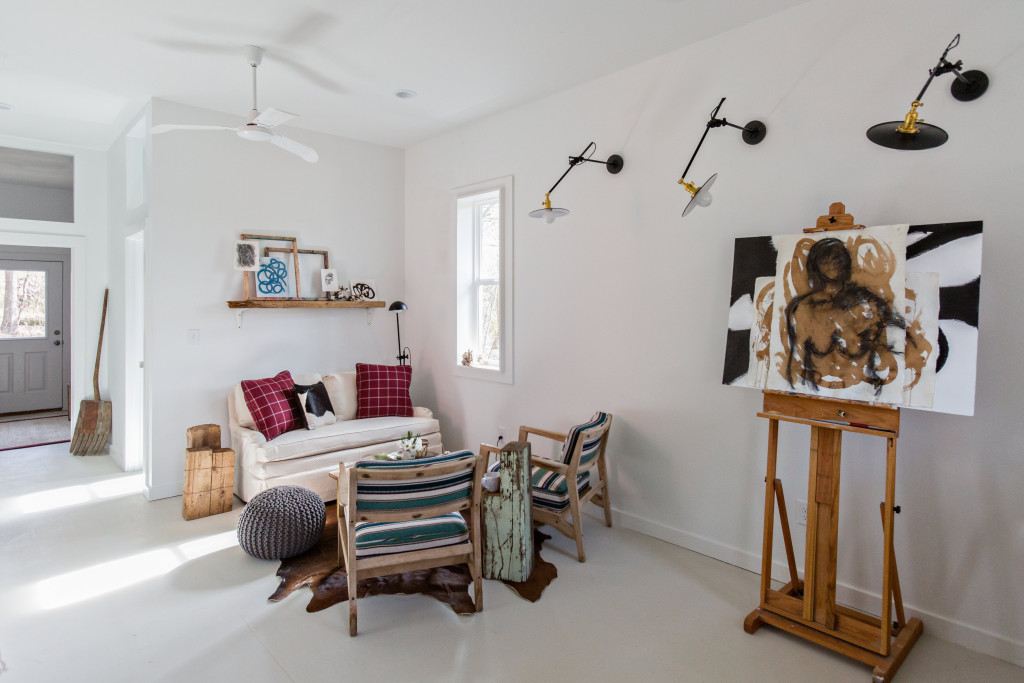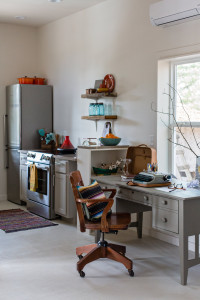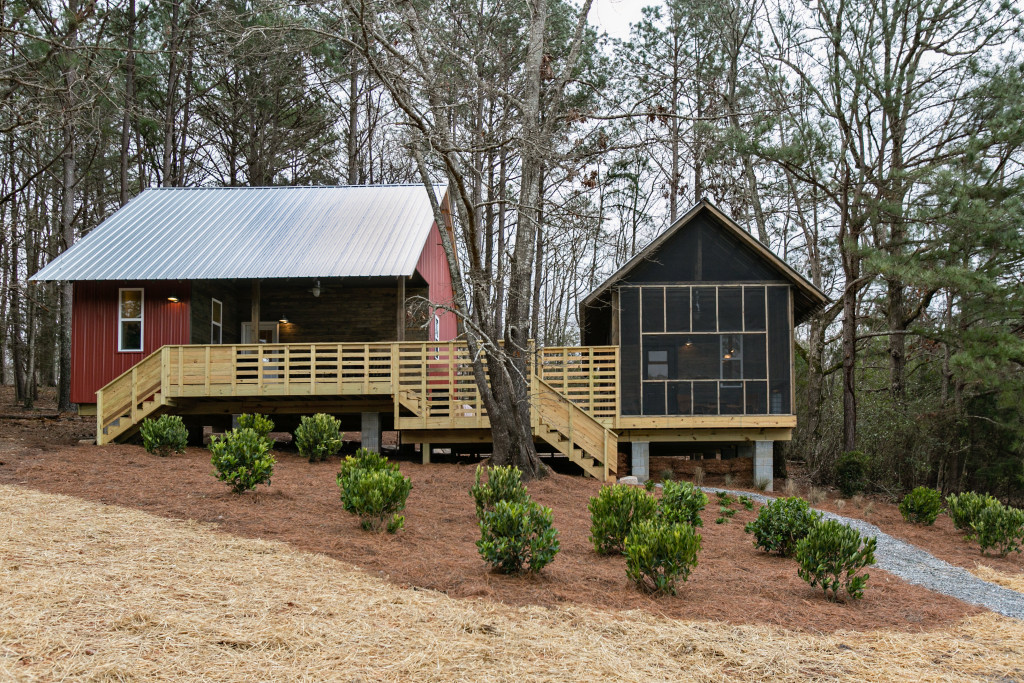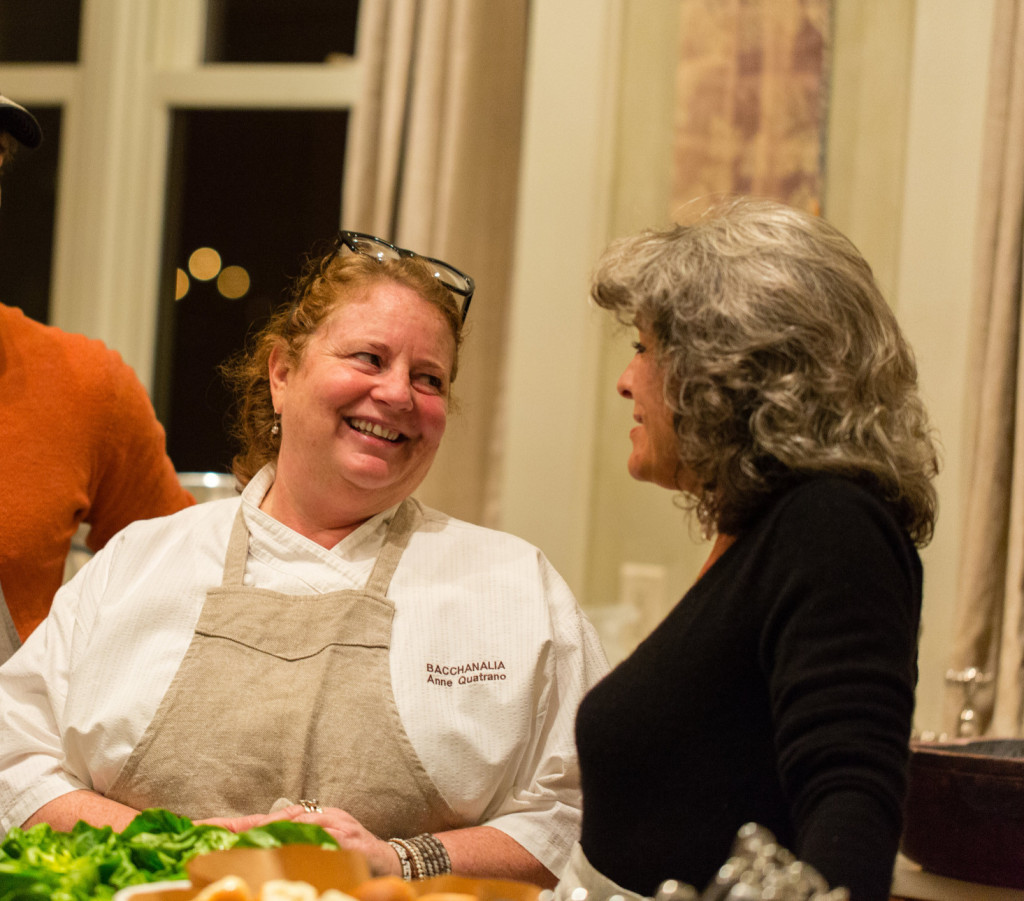R.I.P’s and Qs: Death Over Dinner Breathes Life Into Death
Written by Marie, Posted in Miscellaneous
Are you afraid of death? What about it scares you?
How do you want your life to end?
How can you support the end-of-life wishes of those you love?
These questions aren’t common dinner party conversation starters, but Death Over Dinner isn’t just any dinner party. This one-night event, held last Saturday at Serenbe, put a taboo topic on the table and had us chew on it awhile.
It was hosted by Angel Grant, executive director of Death Over Dinner, an organization based on the theory that “how we end our lives is the most important and costly conversation America is not having.”
The event was a two-part experience, though both were optional: a guided meditation and dinner afterwards. For the meditation, we laid on the floor in a dark room with a blanket and pillow as Angel talked us through the process of the final 8 hours of our lives. She asked many questions along the way to make us think about the way we live and how we want to die. She even took us through the process of our organs shutting down. And while this may sound morbid, it demystified the end-of-life process. If you’re not afraid of death — if you’re conscious that you’re really dying every day — you can live a fuller life.
After the meditation, we took an hour-long break to journal then met back up in the Oak Room for dinner and discussion. Steve and I were both raised by parents who didn’t shield us from the realities of death and we were thrilled to be surrounded by people willing to talk with great honesty on the subject.
Our first dinner topic involved acknowledging someone no longer with us and explaining why we admire them. After we’d gone around the table, Steve and I realized we had the most experience with death. All of our dining companions had living parents but us. I lost my father when I was 22 and my mother at 38. Having a parent die is a very intimate experience with death and was especially so with my mother, who died here over a two-week process at Serenbe.
Death Over Dinner didn’t bring up any fear or anxiety in me: It gave me the opportunity to reflect on Mother’s death and reaffirmed that I’m comfortable with the death process — my own and others. Though I may be afraid of the way I might die, I’m not afraid of dying. And I think that leaves a lot more room in my life for living.
 Curious about Angel and her talks? Join me June 3-5 for The Taboo Weekend Sex, Drugs, Death: Things We Don’t Talk About at the Table, a weekend of taboo topics at Serenbe. Click here for more information.
Curious about Angel and her talks? Join me June 3-5 for The Taboo Weekend Sex, Drugs, Death: Things We Don’t Talk About at the Table, a weekend of taboo topics at Serenbe. Click here for more information.

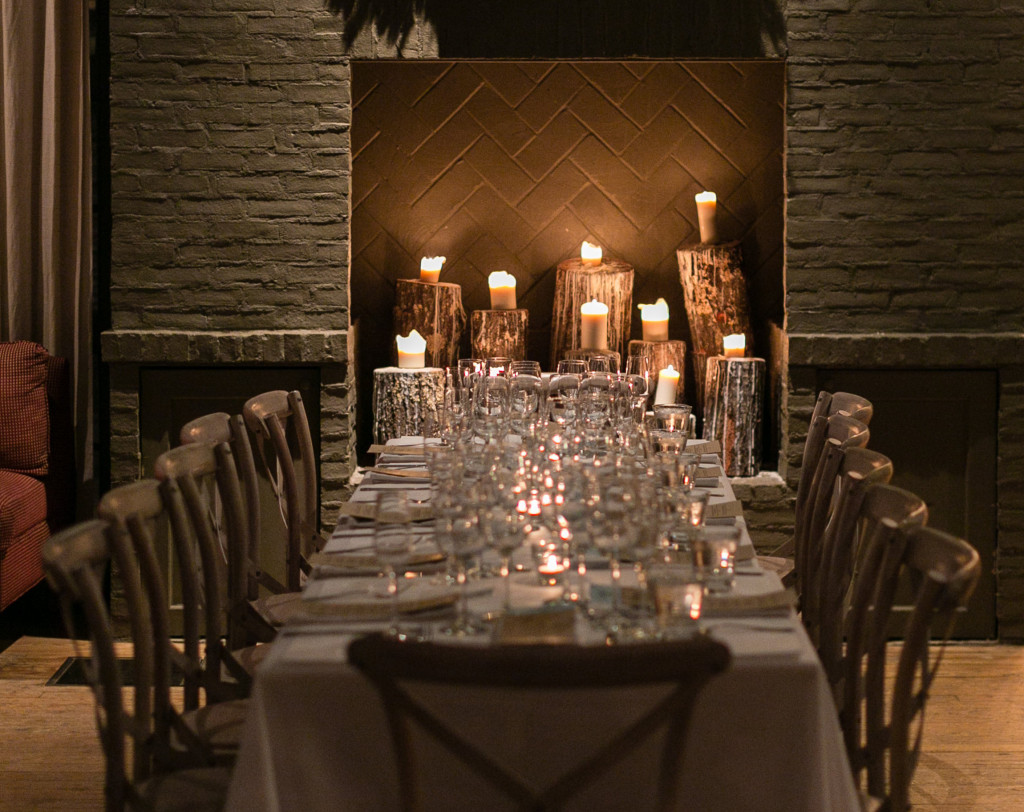

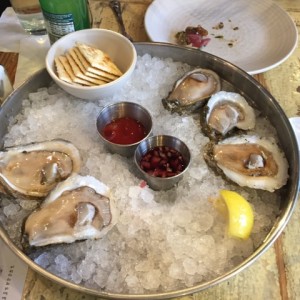 That night, as part of the conference, Steve had dinner at a private home cooked by John Besh. I was not invited and may have pouted about that a bit. I so enjoyed John when he visited for the
That night, as part of the conference, Steve had dinner at a private home cooked by John Besh. I was not invited and may have pouted about that a bit. I so enjoyed John when he visited for the 
